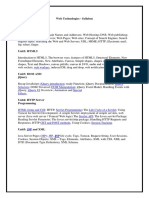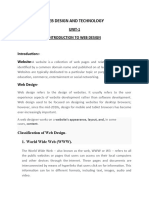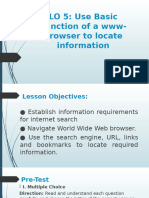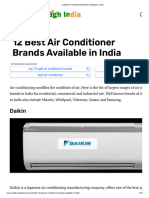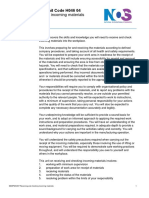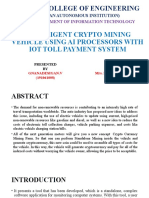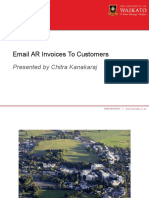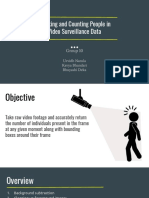0% found this document useful (0 votes)
16 views7 pagesITWD Assignment 5
The document is an assignment covering various aspects of the World Wide Web, including definitions of WWW and HTTP, basic elements of web browsers, and the functionality of web search engines. It explains components of web publishing, phases of web design, and details on website planning. Additionally, it discusses the use of bookmarks, history lists, and meta tags, along with examples of search engines.
Uploaded by
Piyaa RathodCopyright
© © All Rights Reserved
We take content rights seriously. If you suspect this is your content, claim it here.
Available Formats
Download as PDF, TXT or read online on Scribd
0% found this document useful (0 votes)
16 views7 pagesITWD Assignment 5
The document is an assignment covering various aspects of the World Wide Web, including definitions of WWW and HTTP, basic elements of web browsers, and the functionality of web search engines. It explains components of web publishing, phases of web design, and details on website planning. Additionally, it discusses the use of bookmarks, history lists, and meta tags, along with examples of search engines.
Uploaded by
Piyaa RathodCopyright
© © All Rights Reserved
We take content rights seriously. If you suspect this is your content, claim it here.
Available Formats
Download as PDF, TXT or read online on Scribd
/ 7



















